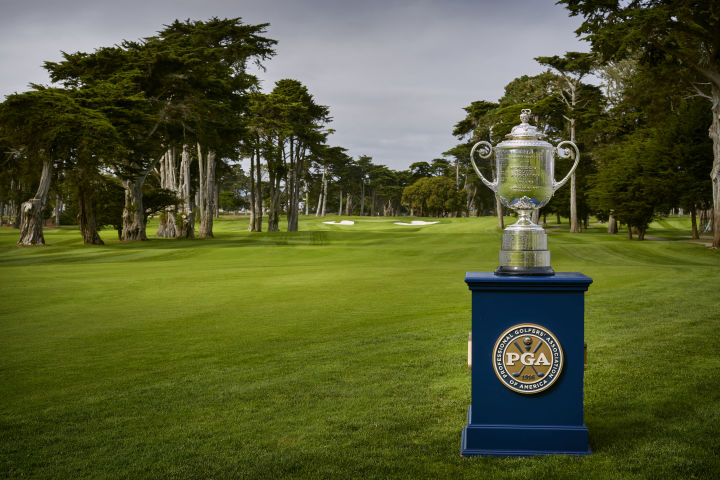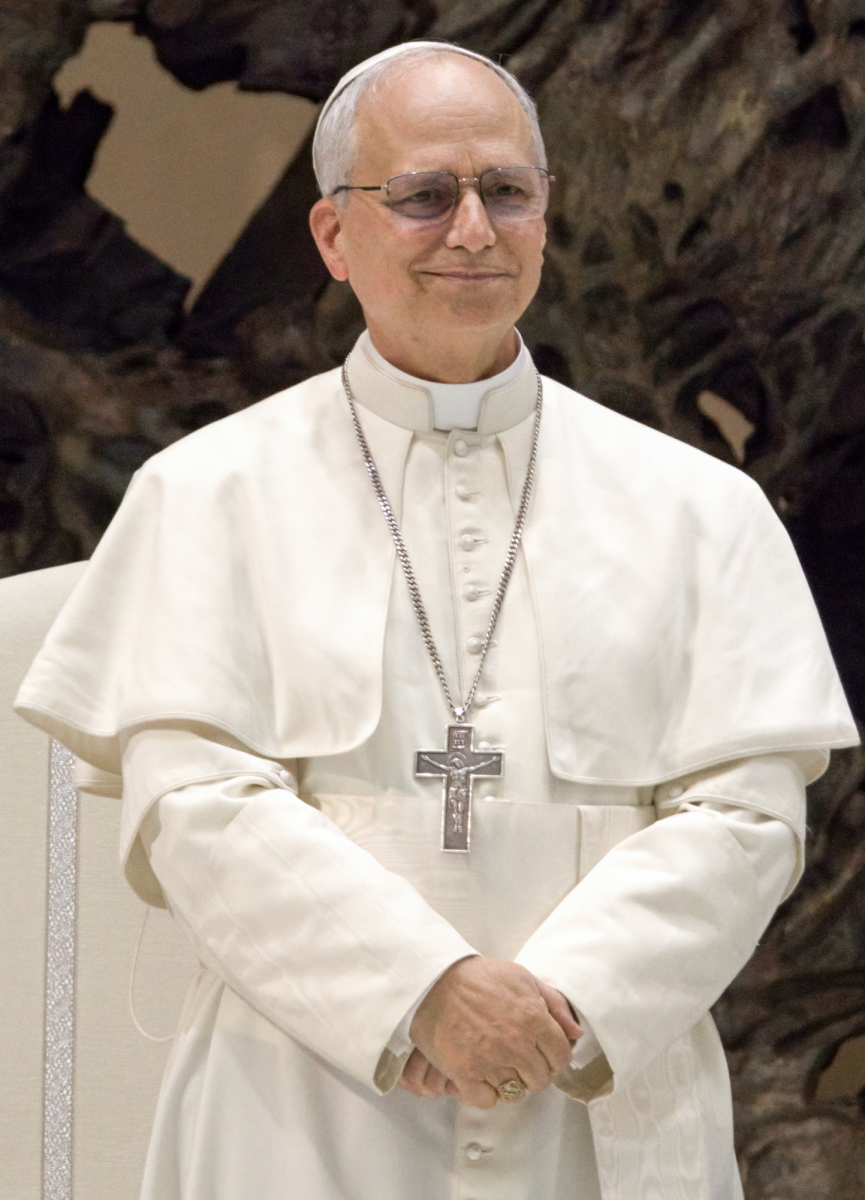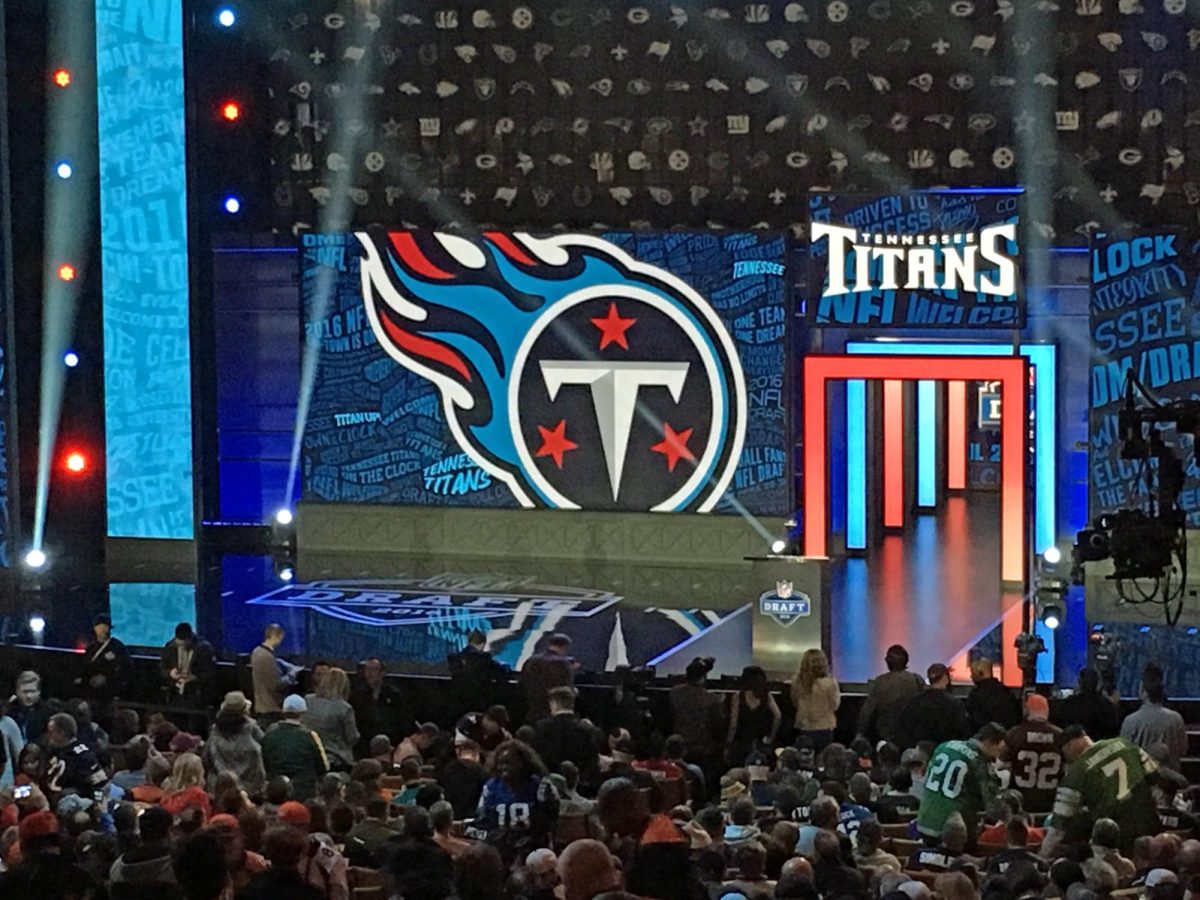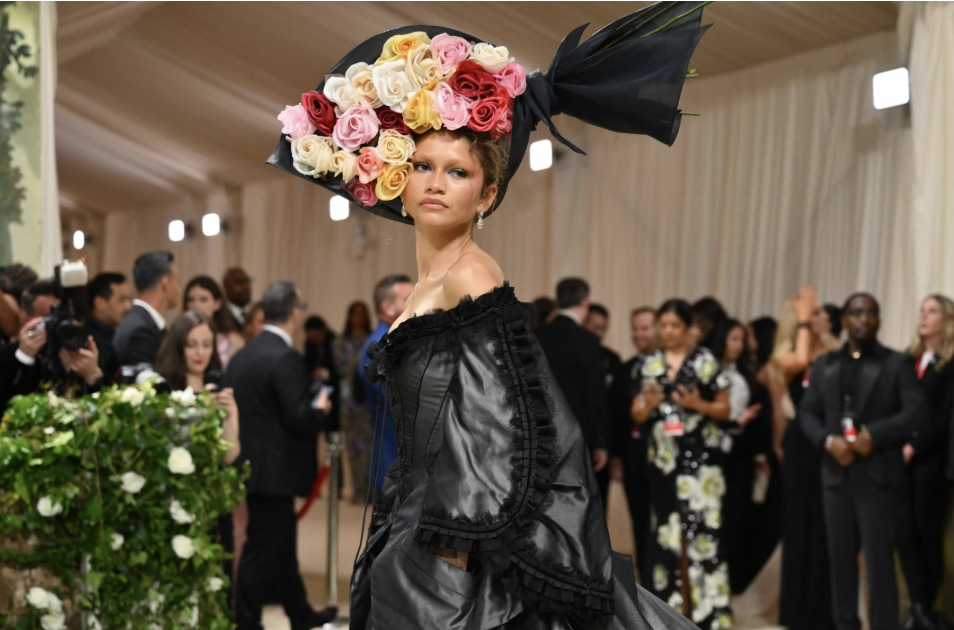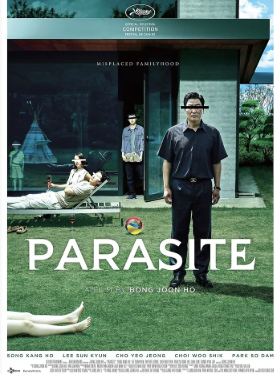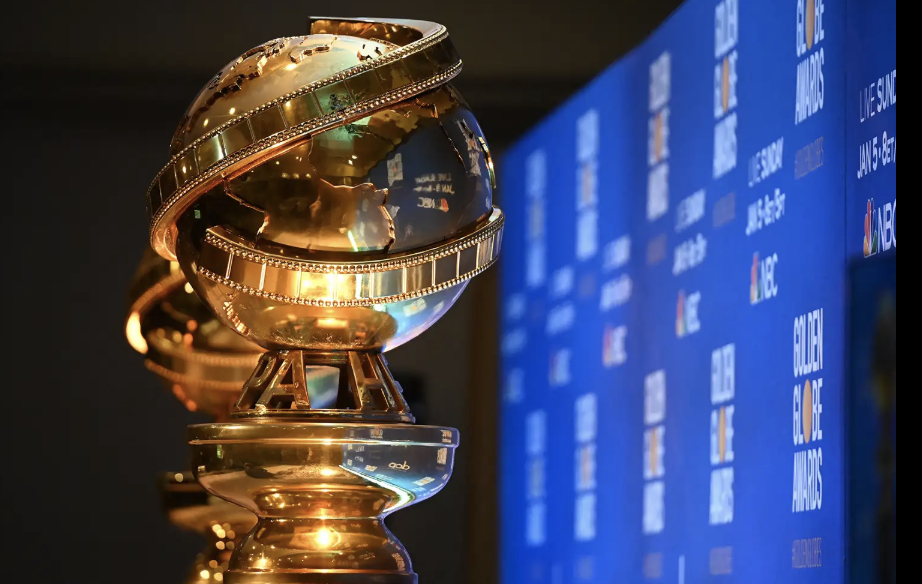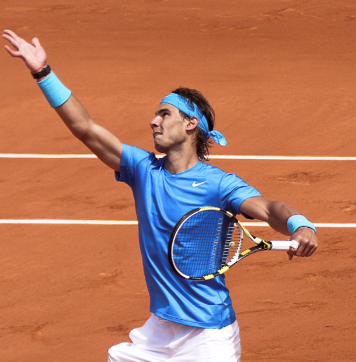The Rich Get Richer this Off-Season
Is the Lack of a Salary Cap a Concern for Future Competitive Imbalance in MLB?
March 21, 2023
Like all professional sports, Major League Baseball is unpredictable, and in any given season, upsets from less dominant teams are inevitable. The 2019 Washington Nationals and 2021 Atlanta Braves are some of the most recent teams to achieve World Series rings when fans least expected it. Upsets are made possible by the balance created by the sport’s rules. A prime example is how the worst MLB team by record receives the number one draft pick the following year. The league implements these rules to ensure there is talent on all rosters. In the 2022 off-season, many teams completed trades and signings that shaped their rosters for the 2023 season, but some teams had more success than others. Below is a list of three teams with the best off-season moves leading into the 2023 campaign.
- New York Mets
2023 Total Payroll: $336,143,332 (1st)
The Mets’ off-season began with a big blow when they lost two-time Cy Young winner Jacob DeGrom to a monster contract with the Texas Rangers. Departing along with DeGrom were some notable names, such as Chris Bassitt, Tijuan Walker, and Seth Lugo. At this time, Steve Cohen, the Mets owner, went on a spending spree and traded for big names like Justin Verlander, Kodai Senga, and José Quintana. In addition, Cohen signed contract extensions with some current Mets stars Brandon Nimmo, Edwin Diaz, and Adam Ottavino. The Mets have spent nearly $500 million this off-season with free agents to solidify their 2023 roster.
- Philadelphia Phillies
2023 Total Payroll: $231,686,189 (4th)
The Phillies’ response to losing key players Kyle Gibson, Zach Eflin, and Jean Segura was similar to the Mets. Their blockbuster trade to acquire Trea Turner for 11 years and $300 million was just the beginning of their spending-spree as they added star reliever Craig Kimbrel and picked up Tijuan Walker from their New York rival. In addition, the Phillies further strengthened their roster with left-handed pitcher Matt Strahm. The Phillies’ off-season certainly added depth to their already successful roster. With the Phillies reaching the World Series in 2022, fans expect these additions to help the Phillies return to the “October Classic” in 2023. Despite the Phillies’ success in their ’22 campaign, analysts feel Philadelphia’s off-season moves were necessary for their continued success, considering that the NL East will continue to be a powerhouse in 2023.
- New York Yankees
2023 Total Payroll: $267,954,047 (2nd)
The Yankees lost four notable players going into the 2023 season in Jameson Taillon, Andrew Benintendi, Matt Carpenter, and Miguel Castro. In addition, the Yankees did not sign any significant players aside from adding two-time all-star RHP Carlos Rodón and RHP Tommy Kahnle. The main success in the Yankees’ off-season was maintaining their extremely talented 2022 roster. Aaron Judge and the Yankees agreed to a nine-year, $360 million deal on December 7th, 2022. Re-signing the four-time all-star and 2022 homerun king bolstered their roster, especially with the re-signing of another New York star, Anthony Rizzo.
From lists like the one above, fans speculate if payroll contributes to success. Questioning overpowerful payrolls is a fair concern considering year after year, most teams with the best signings and trades also have incredibly high payrolls and can afford big-name talent. According to Spotrac’s MLB 2023 Payroll Tracker, the three teams with the lowest payrolls in 2023 are the Pittsburgh Pirates ($60,787,500), Baltimore Orioles ($50,691,666), and Oakland Athletics ($40,925,000). Interestingly, the average winning percentage of these three teams combined in 2022 is atrocious at 42.2%, or .422. Conversely, the baseball teams with the three highest payrolls performed how fans might expect. The New York Mets ($336,143,332) hold MLB’s highest payroll, followed by the New York Yankees ($267,954,047) and, subsequently, the San Diego Padres ($236,962,024). Their combined winning percentage in 2022 was extremely high at 59.5% or .595. Furthermore, the three teams with the most average payrolls include:
- The Boston Red Sox (ranked 14th in payroll among 30 teams at $168,203,182).
- The Colorado Rockies (ranked 15th in payroll among 30 teams at $157,016,668).
- The St. Louis Cardinals (ranked 16th among 30 teams at $147,704,168).
Among these three teams, the combined winning percentage represented their payrolls at an intriguing 49.2%, or .492. Although payrolls correlate heavily to a team’s success, some exceptions exist. For example, the 2002 Oakland A’s, famous for its success with a $41,000,000 payroll, was the team that inspired the famous book and movie Moneyball. General manager Billy Beane and his players proved that winning with a low payroll is achievable. During this historic season, the Oakland A’s won 20 consecutive games and finished with 103 wins. The Tampa Bay Rays have also been an excellent exception and consistently successful the last five years, with an impressive 61.7% winning percentage since 2018. Even more shocking is that the Tampa Bay Rays average payroll during this period (excluding 2020 because of altered payrolls during the shortened season) was $76,609,385, according to Fueled By Sports and Sportrac. This average payroll placed the Rays at an average of 26th out of the 30 MLB teams in total payroll over the last five years, excluding 2020.
Despite these promising exceptions, to determine if baseball is becoming “pay to win,” it is crucial to calculate precisely how often teams with the lowest payrolls have success. Over the last five years, the combined winning percentage among the bottom three team payrolls has been consistently poor. In 2018, the combined winning rate between the Tampa Bay Rays, Chicago White Sox, and Oakland Athletics was 51.2%. In 2019, the three teams with the lowest payrolls combined for a 39.7% winning percentage. In 2020, the rate was 41.7%. In 2021, 39.7%, and finally, in 2022, 42.2%. These statistics prove that although there are anomalies, such as the Athletics and Rays performing very well in 2018, Major League Baseball has a problem.
The frequent correlation between high payrolls and success prompts baseball fans to philosophize potential solutions to this issue. The first solution could be limiting teams from spending more than a certain amount of money by implementing a salary cap. This is a common approach in sports, as the NFL, NHL, and the NBA all utilize some form of a spending limit that each team has to build their rosters to create a financial balance. However, MLB has chosen to refrain from enforcing a salary cap due to how financially successful owners are without one. In addition, the MLBPA, or Major League Baseball Players Association, has confirmed that if the league attempts to push for a salary cap, they will refute it. Therefore, the league does not believe a salary cap is worth a potential MLBPA strike and is currently happy with how owners are getting paid. However, the decision to withhold any salary cap keeps fans fed up.
Major League Baseball currently has a luxury tax in place. In theory, the league designed a luxury tax to prevent big market teams from outspending small market teams, allowing all teams to share revenue. However, big spenders like the New York Mets have spent large amounts of money despite this luxury tax and continue to create a competitive imbalance. Therefore, the luxury tax should perhaps be increased more.
A final option is that rather than capping the player’s contracts, the owner’s profits can be limited. Although this would be hard to achieve, it would put the MLBPA in favor of this rule because players would still receive the same contracts, but owners would pocket less. For example, a cap of five million dollars in pre-tax earnings would significantly add to most teams’ payrolls, making a more even financial playing field. However, despite this theory’s potential success, it would be challenging for the owners and MLBPA to agree on any terms regarding payroll capping.
The sensitive topic of competitive imbalance in Major League Baseball has sprung debate for many years and needs reform. The question is: how can we achieve this goal?

